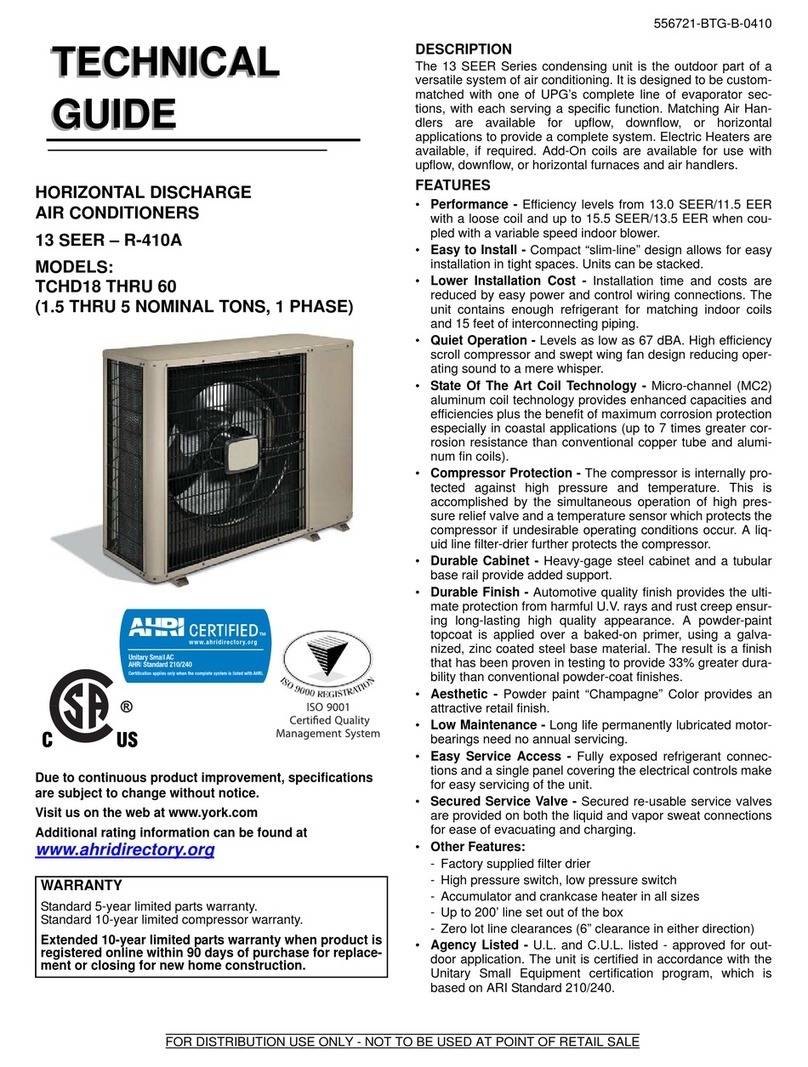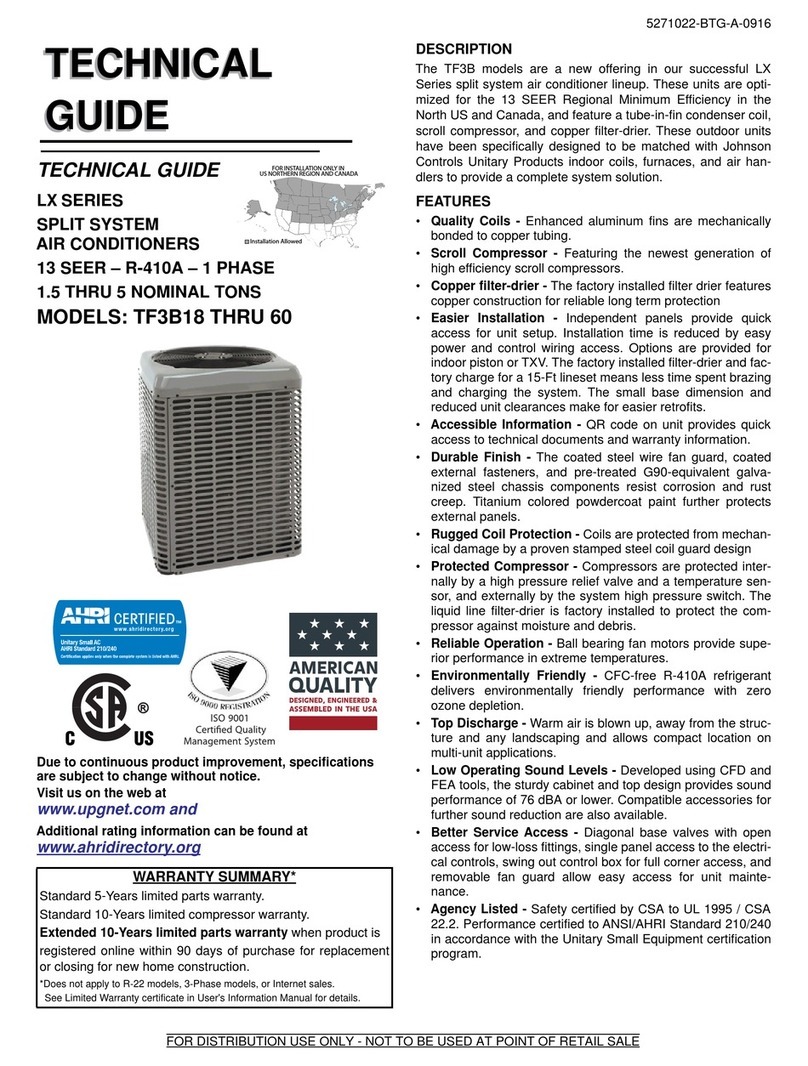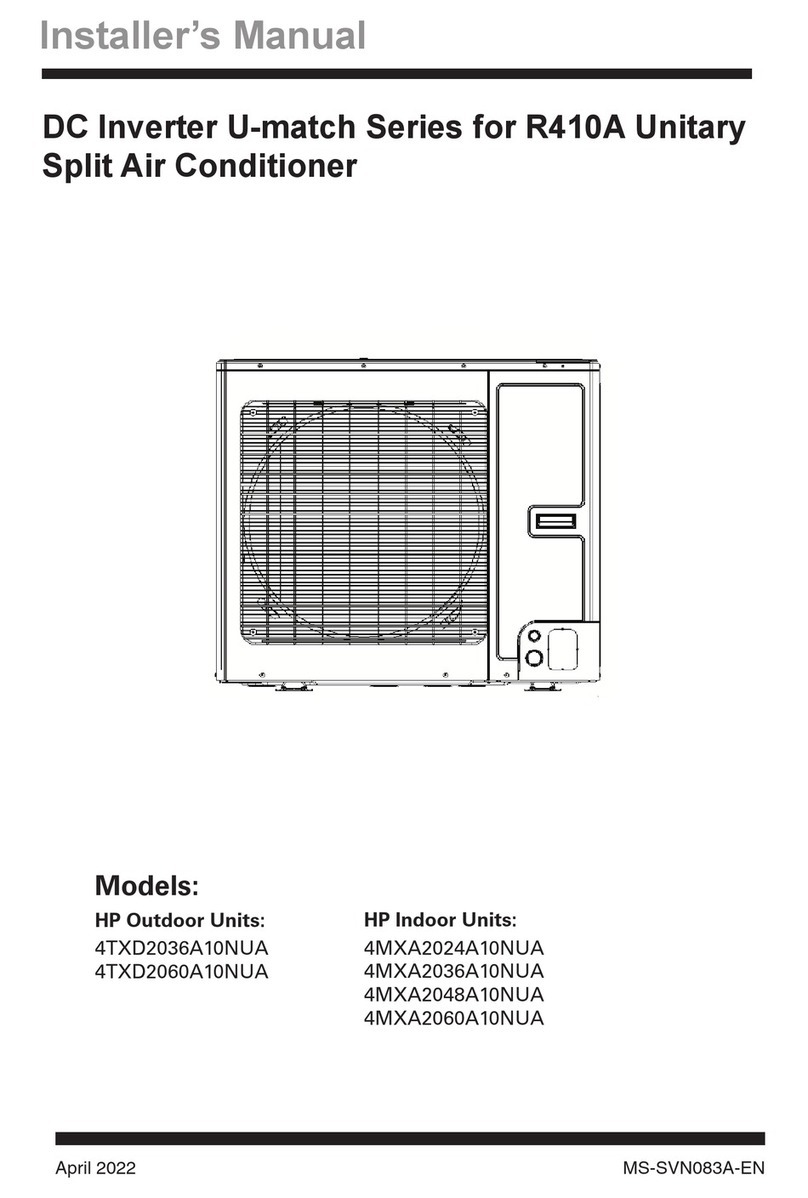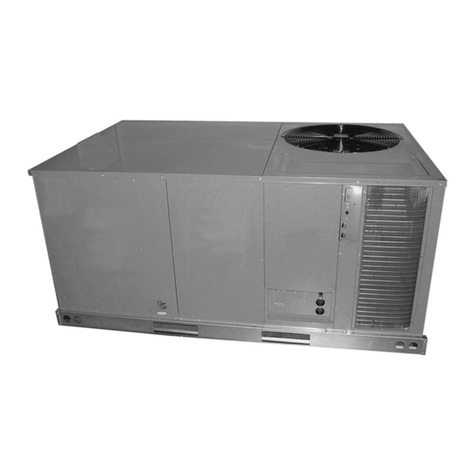2.2 Private Brand Marketer (PBM) Applicants....................................................................4
STEP 2.2.1 Certification Application Package .......................................................5
STEP 2.2.2 Processing Application Package ........................................................5
STEP 2.2.2.1 Performance Certification Agreement for Private
Brand Marketer (PBM Agreement)...........................5
STEP 2.2.2.2 OEM Agreement on Behalf of the PBM Applicant....5
STEP 2.2.2.3 Licensing Fee Invoice...............................................5
STEP 2.2.3 Welcome to the Program....................................................................5
3 Equipment Selection and Testing
3.1 Annual Testing Requirement ........................................................................................5
3.1.1 System Manufacturers........................................................................5
3.1.1.1 Basis for System Manufacturer Test Selections.......5
3.1.2 ICM......................................................................................................5
3.1.2.1 Basis for ICM Test Selections...................................5
3.1.2.2 Additional ICM Testing..............................................5
3.2 Location of Test.............................................................................................................6
3.2.1 Duties of Third-Party Laboratory Personnel .......................................6
3.2.2 LEAP Requirement.............................................................................6
3.3 Selection of Test Samples............................................................................................6
3.3.1 Selection Requirements for Annual Testing .......................................6
3.4 Methods for Acquiring Test Samples............................................................................6
3.4.1 Selecting Three Additional Units.........................................................6
3.5. Sample Acquisition Timeframe.....................................................................................6
3.6 System Manufacturer’s Required Equipment Provisions..............................................7
3.7 ICM’s Required Equipment Provisions .........................................................................7
3.8 Break-in Operation of Test Units...................................................................................7
3.9 Certified Data................................................................................................................7
3.9.1 Unitary Small Air-Conditioners (Systems and Mixed-Match Coils),
Air-Cooled under 65,000 Btu/h [19,000 W].........................................7
3.9.2 Unitary Small Air-Conditioners (Systems and Mixed-Match Coils),
Water Cooled and Evaporatively Cooled
under 65,000 Btu/h [19,000 W]...........................................................7
3.9.3 Unitary Small Air-Source Heat Pumps
(Systems and Mixed-Match Coils), Air-Cooled
under 65,000 Btu/h [19,000 W]...........................................................7
3.10 Tests, Air-Conditioning (Systems and Mix-Matched Coils)...........................................8
3.11 Tests, Heat Pumps (Systems and Mix-Matched Coils) ................................................8
3.12 EERAVerification Test ..................................................................................................8
3.13 IEER Test......................................................................................................................8
3.14 Default Factors –Systems............................................................................................8
3.15 DOE “C” and “D” Tests..................................................................................................8
3.16 High Temperature Heating Cyclic Test.........................................................................8
3.17 Outdoor Unit Qualification for ICM Testing...................................................................8
3.17.1 Definitions ...........................................................................................8
3.17.1.1 Qualified Unit ............................................................8
3.17.1.2 Unqualified Unit.........................................................8
3.17.1.3 Disqualified Unit........................................................9
3.17.2 Qualified Units Testing........................................................................9
3.17.3 Challenging a Qualified Condenser/Non-Qualified Condenser ..........9
3.17.4 Fees....................................................................................................9
3.18 Test Failures .................................................................................................................9
3.18.1 Certified Rating Test Failures –Systems ...........................................9
3.18.1.1 First Sample Certified Rating Test Failure................9
3.18.1.2 Option to Save HSVTC and Remaining
BMG Ratings.............................................................9
3.18.1.3 Test Sampling Plan Failure.....................................10
3.18.2 Certified Rating Test Failures –ICMs...............................................10

































